California Institute of Technology – The Bechtel Residence
ZGF Architects completed an intentional living space with The Bechtel Residence at California Institute of Technology in Pasadena, California.
The 105,000 SF Bechtel Residence fits within the context of the California Institute of Technology’s lush garden campus, using natural materials of wood and warm concrete to express modern, clean lines. Firmly rooted in the surrounding landscape, the concrete building wraps around the site, modulating its scale in response to varying edge conditions and creating a protected central courtyard that forms an outdoor living room for students. Circulation paths are formed through the center of the courtyard, encouraging students to pass through on the way to the dining hall or class and fostering chance collisions with classmates.
ZGF designed the new building with the goal of creating an on-campus living experience that retains the critical elements of Caltech’s communal housing culture, while also presenting a new paradigm for the Institute’s student residences. Designed to encourage interaction, the three-story, 223-bed residence reflects a “home away from home” approach—instead of bedrooms off long hallways, student rooms are organized into suites of four to 12 with shared restrooms and living spaces. These suites then become building blocks for the residence, with their flexibility allowing students to modulate the size of their living communities. In addition, a variety of communal spaces including kitchens, lounge areas and study rooms of different sizes, and a dining facility are provided to build a sense of community. Common spaces are placed along strong circulation nodes to ensure activation.
Targeting LEED Platinum® and net-zero energy, the Bechtel Residence is a sophisticated building with cutting-edge sustainability solutions seamlessly integrated into the design. As a natural material, concrete was selected as both an interior and exterior finish as it blends with the surrounding landscape and provides structure and continuous insulation, resulting in a beautiful and cost-effective high-performance solution. Hidden from view, rooftop photovoltaic panels generate enough energy on-site to power the building. Various measures have been taken to minimize solar heat gain, which, coupled with the use of active chilled beams for interior climate control, have contributed significantly to a reduction in baseline energy needs. With a view to future innovations, the building is also net-zero water-ready, with piping and systems in place for such time as the campus implements a water reuse system.
Architect: ZGF Architects
Contractor: MATT Construction
Photography: Bruce Damonte

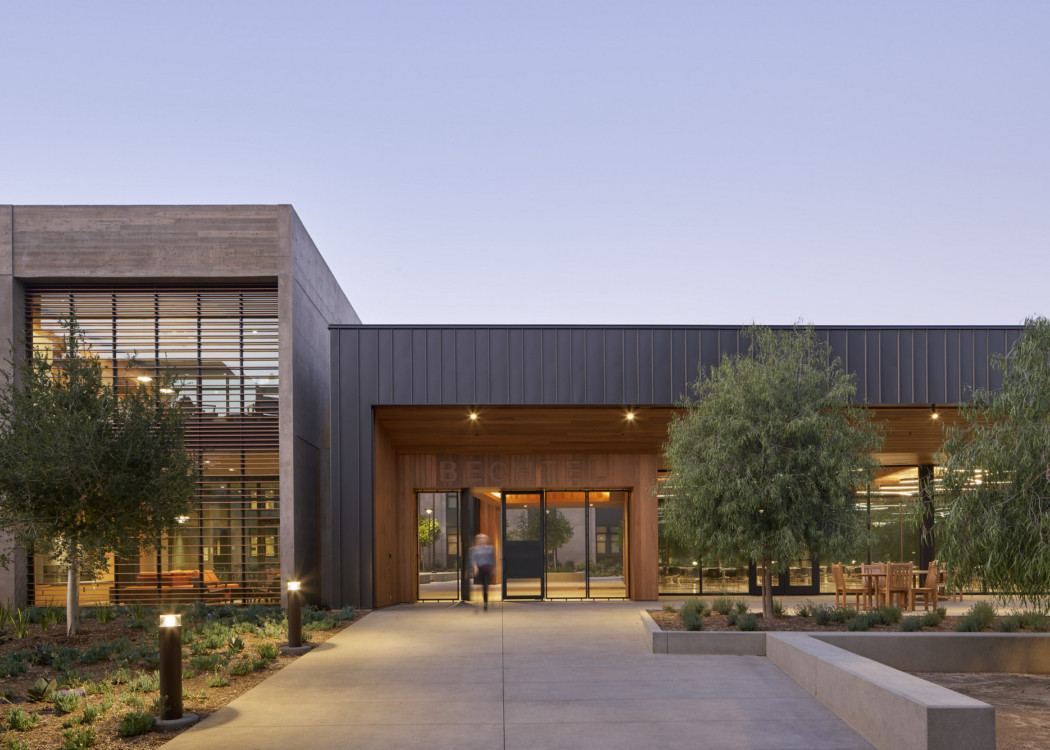
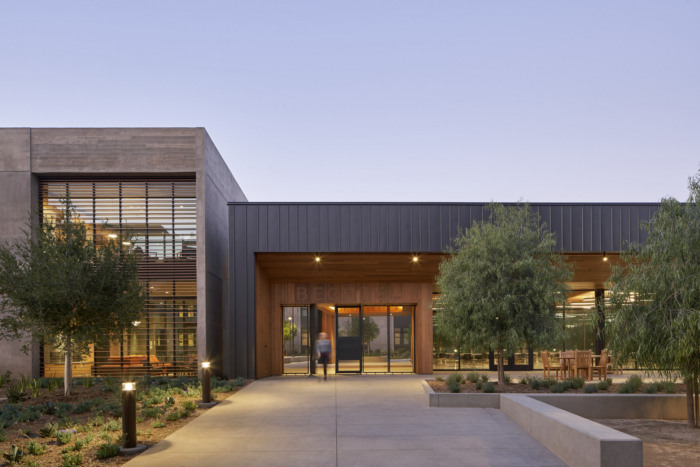
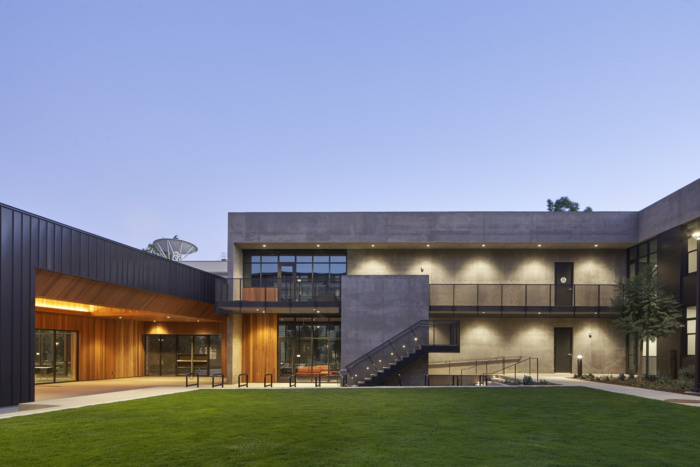
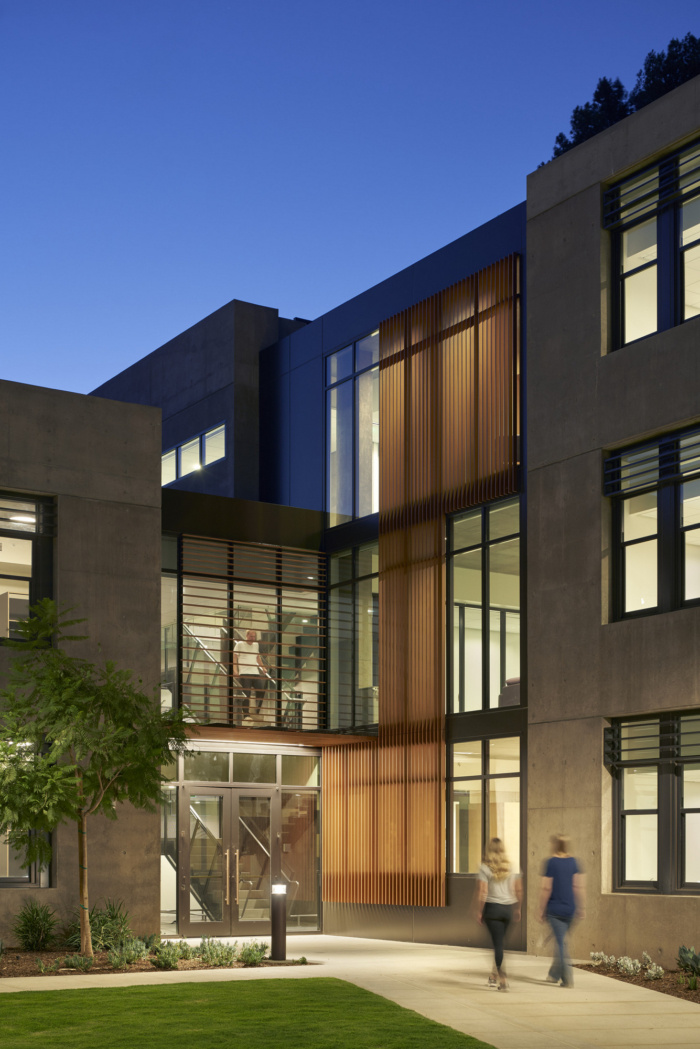
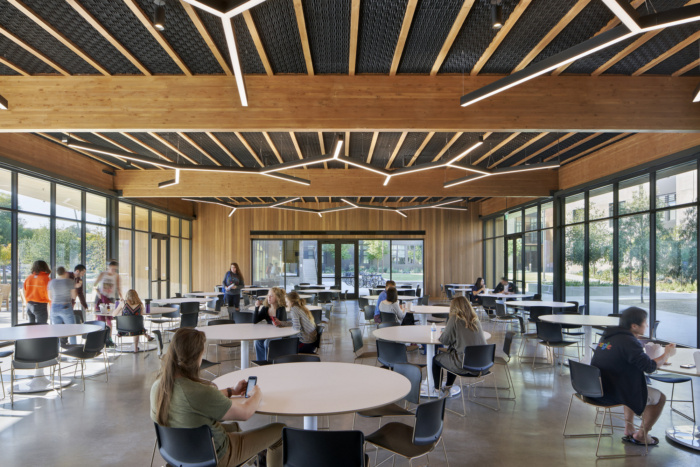



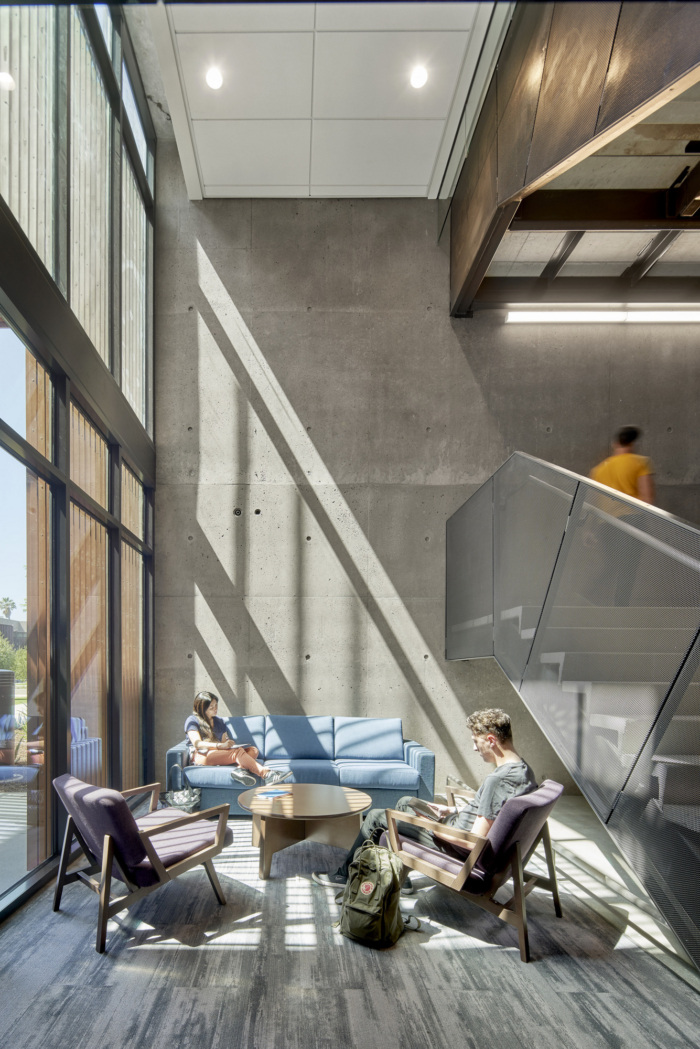
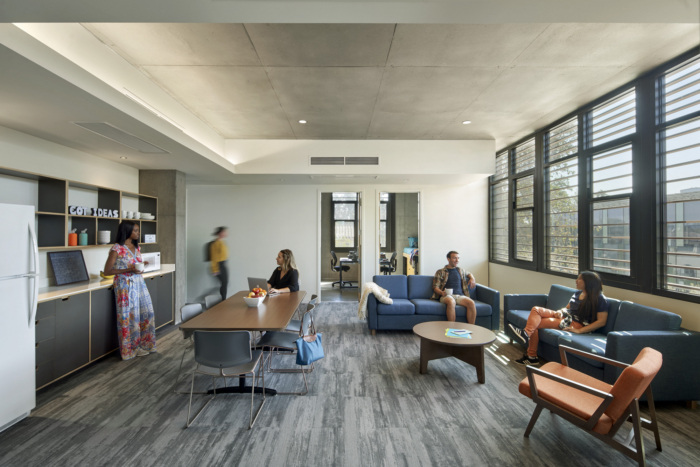

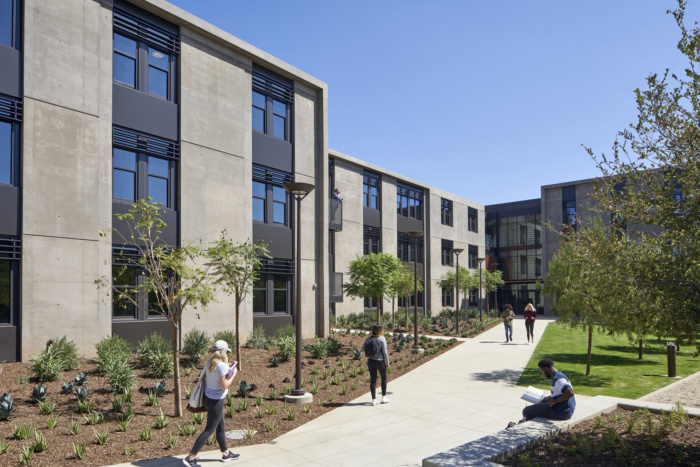
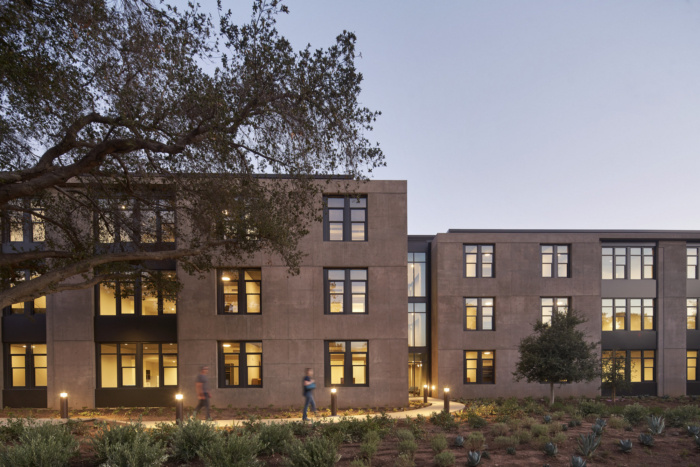



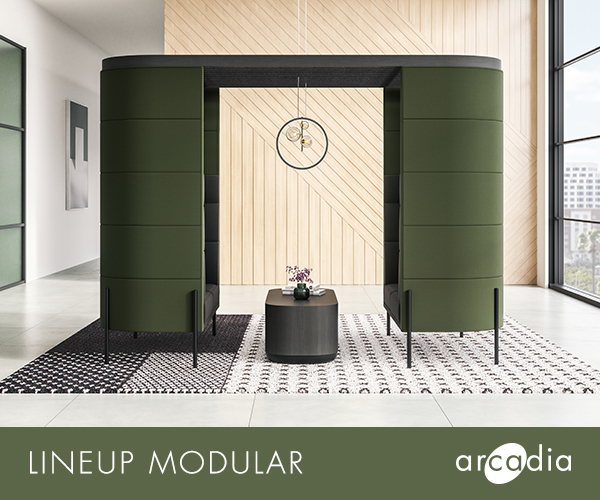
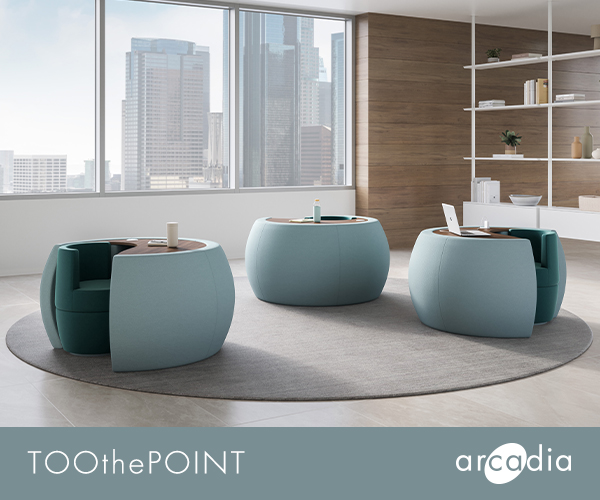




Now editing content for LinkedIn.